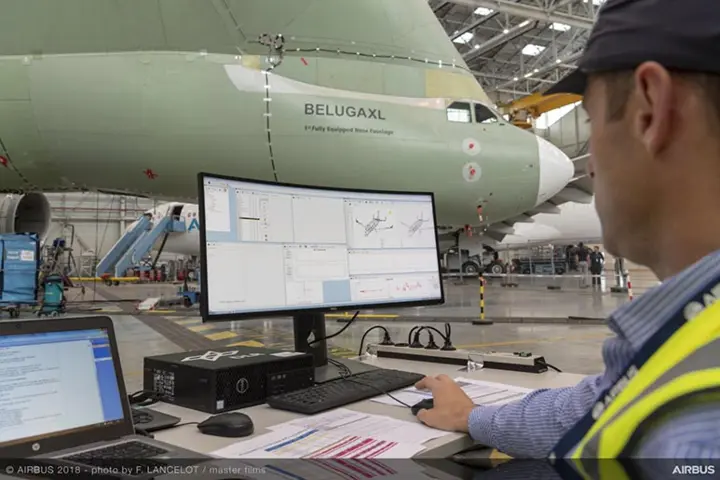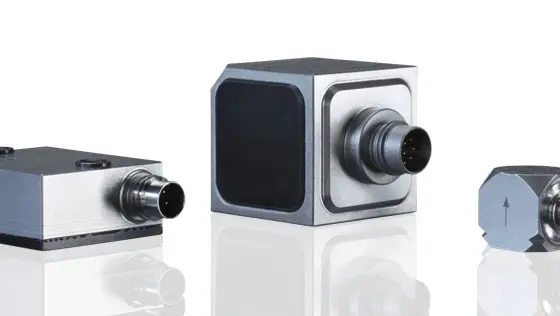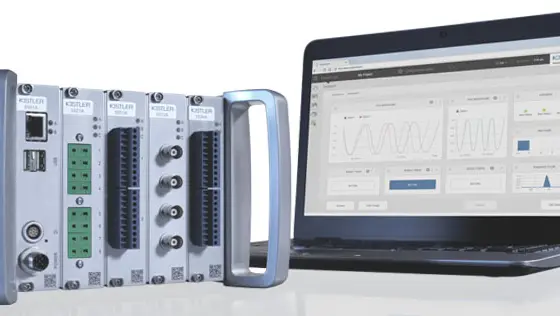What is a modal analysis?
A modal analysis is an experimental investigation of the dynamics of structures with respect to their vibration behavior. With this type of analysis, it is possible, for example, to determine characteristic properties of vehicle bodies, bridges or aircraft structures. For a modal analysis, at least one exciter (for example, an impulse force hammer or a shaker) and one accelerometer as well as data acquisition are needed.







![Prove di vibrazione [object Object]](https://kistler.cdn.celum.cloud/SAPCommerce_CMSTeaser_560x375/vibration-testing-16599.webp)
